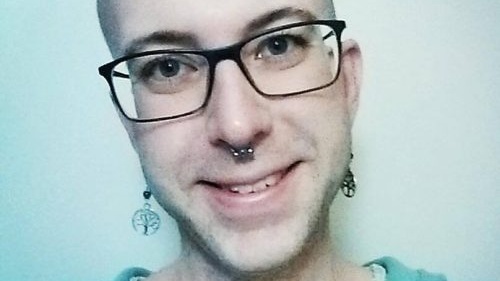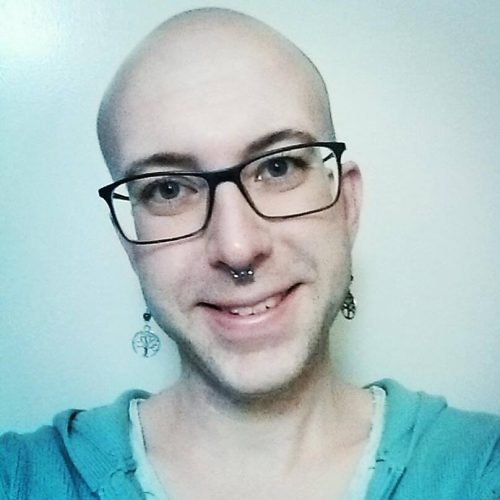LGBTQ
Halifax Pride meeting resulted in ‘a lot of hurt’
The meeting left a rift in the Pride community

caption
Áine Morse, executive director of the Atlantic Jewish Council.
caption
Áine Morse, executive director of the Atlantic Jewish Council.In 2014, six people attended the Halifax Pride annual general meeting.
In 2015, that number quintupled to 30.
And in 2016, that number rose tenfold, this time to over 300.
The large crowd rippled with tension as everyone waited for the meeting to start.
Most people were there to vote on a controversial resolution put forward by a group called Queer Arabs of Halifax and supported by the Nova Scotia Rainbow Action Project.
The resolution demanded that Pride ban Tel Aviv promotional pamphlets that the Atlantic Jewish Council handed out at the parade.
Supporters on both sides of the argument rallied people to come out to the meeting and vote either for or against the resolution.
The structure of the meeting pitted the two sides against each other, turning an opportunity for debate and discussion into a numbers game.
Áine Morse is a co-chair of the Rainbow Project’s board of directors. They say the issue was shoehorned into a system that was inappropriate for the circumstances.
“These resolutions of conflict create additional conflict,” says Morse.
“There are ways of creating conversation that are not in a public forum that do not allow for groups to outnumber others.”
But in the meeting, it was the numbers that mattered.
The majority of people went in knowing how they planned to vote, which reduced the debate preceding the vote to an elaborate and, at times, harmful fiction.
Discussion started out relatively civil, but over five and a half hours the discourse devolved into yelling at times, and left many people feeling resentful.
The resolution was ultimately voted down, by a score of 106 for to 210 against, with five abstentions.
Many queer people of colour walked out of the meeting to protest the vote, and many other members of the 2SLGBTQIA+ community had to leave as the meeting dragged on. The meeting continued on without them.
Other resolutions were put to a vote, and new board members were elected despite the absence of those community members.
The vote and the meeting may be over, but the rift that issue caused in the community is by no means resolved.
Naomi Rosenfeld is the executive director of the Atlantic Jewish Council. Even though the vote went the way she wanted, she is not happy with how events played out.
“The conversation was not constructive, and there was a lot of hurt in the room on both sides. I feel very very sad about what happened.”
Halifax Pride and the Rainbow Project both released statements following the meeting, and each statement outlined actions that Pride should take.
Pride’s statement committed to continue the conversation that was started at the meeting, earmark funds to create a safe space for marginalized individuals in the community, review the processes that allowed the harmful meeting to take place and collaborate with community members.
The Rainbow Project’s statement went a step farther.
It called on Pride to recognize the meeting as illegitimate, call a special meeting to create and fill mandatory seats for people of colour on the board, and amend the membership criteria for Pride so that only 2SLGBTQIA+ individuals’ concerns are properly addressed.

